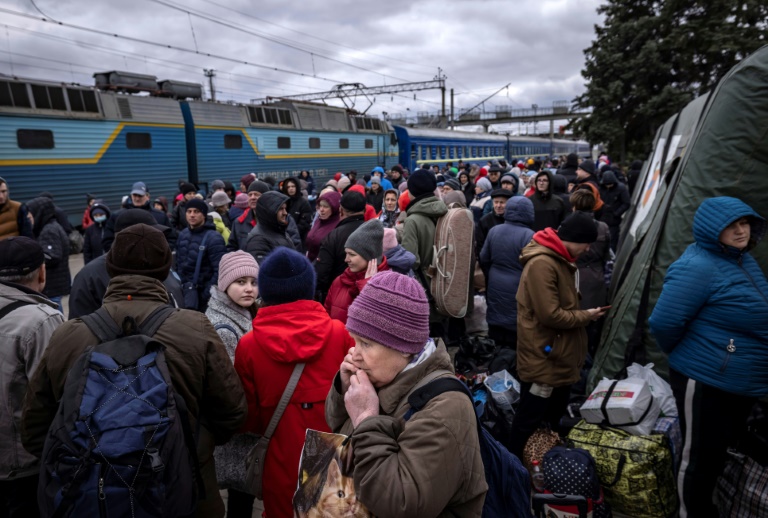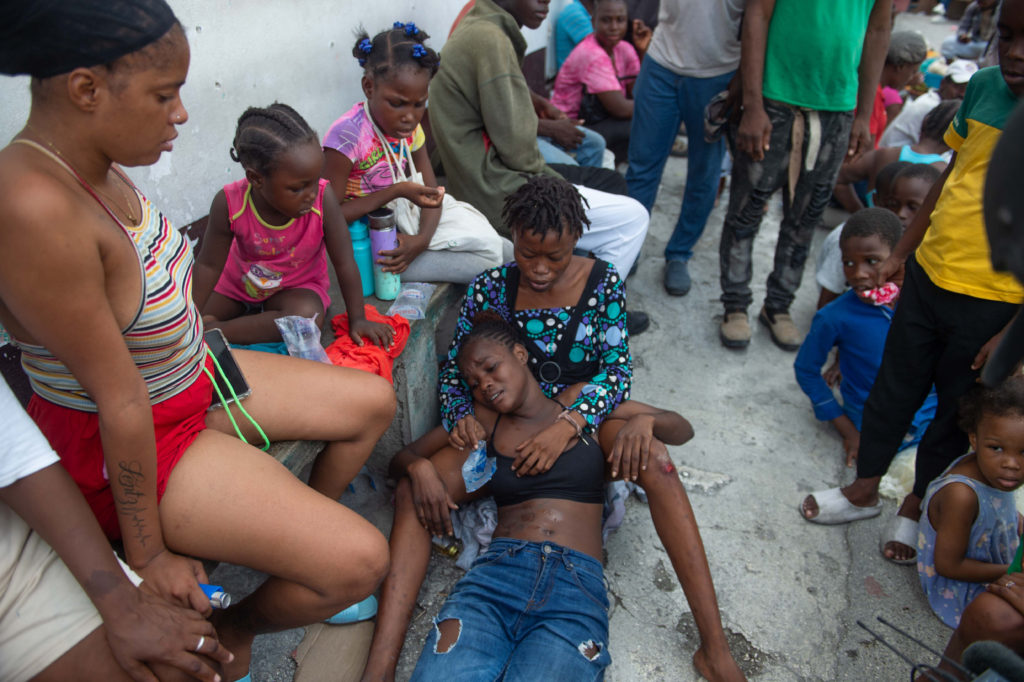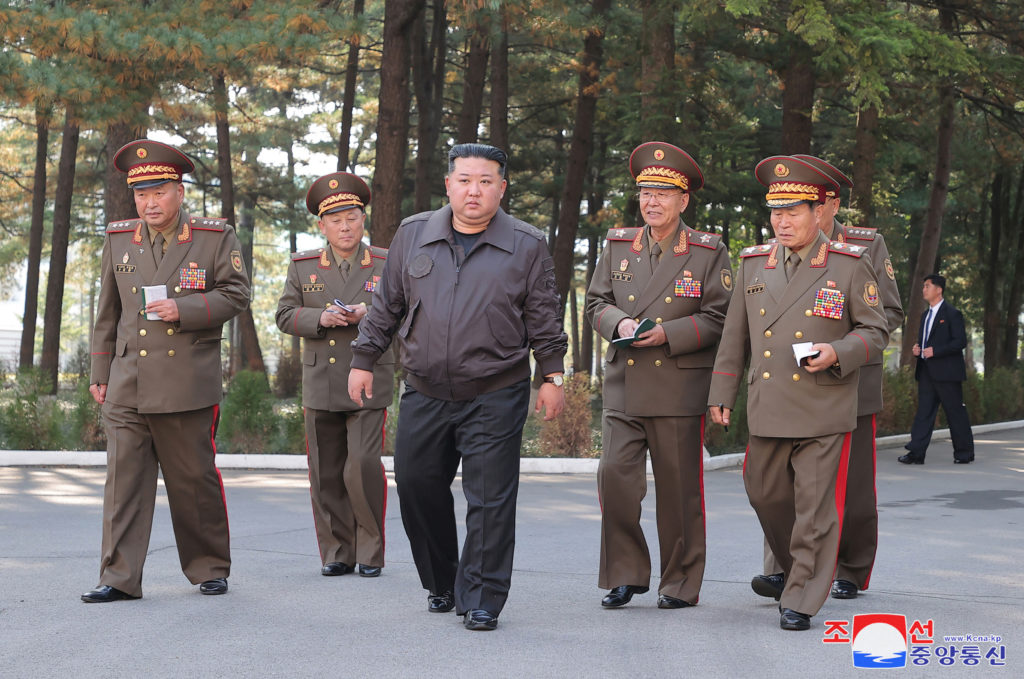Ukrainian forces are dug in around the village of Krasnopillia in the Donbas as they brace for an anticipated Russian offensive to take the eastern region.
“We know the Russians are reinforcing and are getting ready to attack,” a senior Ukrainian officer on the ground told AFP, echoing other sources who warned of a Russian assault in the Donbas that could begin at any moment.
The village sits on the road between the Ukrainian-held cities of Slavyansk and Kramatorsk, and Izyum, to the northwest, recently captured by the Russian army.
On Tuesday, AFP journalists in Krasnopillia heard artillery explosions but not the sound of shots fired from automatic weapons, a sign of ground combat.
While the front was stable for the moment, Russian helicopters have increased the number of flights they were making over the area, the Ukrainian officer said, often a harbinger of a large-scale operation.
“We are ready… we’ve planned some surprises for them along the way,” the officer said.
In the face of rising pressure, the forces present seemed confident. “We’re waiting for them!” said a lieutenant tasked with reinforcing the positions along the road, giving a thumbs up.
Artillery and armoured vehicles are dug in along the sides of the route. The adjacent forest is scattered with other fortified positions and camouflaged equipment.
As winter reaches its end and the sodden terrain makes moving through the fields difficult, the road between Izyum and Sloviansk looks set to play an important strategic role in the offensive expected in the Donbas.
Since Russia announced its intention to focus on the “liberation” of the Donbas, residents in the traditional mining region in the east of Ukraine have lived in fear of an assault.
Ukrainian forces have been deployed in the region since 2014 along a frontline running between Donetsk to the south and Lugansk in the east, the capitals of the two pro-Russian, breakaway “republics” of the same name.
– Westbound train –
The Ukrainian leaders of the Donetsk and Lugansk regions in the Donbas have asked civilians to evacuate west.
On Tuesday morning, a three-kilometre-long line of cars was waiting to pass a checkpoint to enter Kramatorsk and its sister city of Slavyansk before moving on.
So far evacuations have mostly been by train, with between 2,000 and 3,000 leaving the station in Kramatorsk every day.
But damages to the trainline overnight meant that the service was suspended Tuesday morning, according to the Ukrainian rail operator.
Late-afternoon, a train finally left the station, where hundreds had been patiently waiting for transport out.
The few who remain in Kramatorsk live under a nighttime curfew and to the rhythm of air-raid sirens. Fuel is hard to come by and most shops are closed.
“The atmosphere has become tense, everyone is nervous. It’s time to go now,” a volunteer at the station told AFP.











